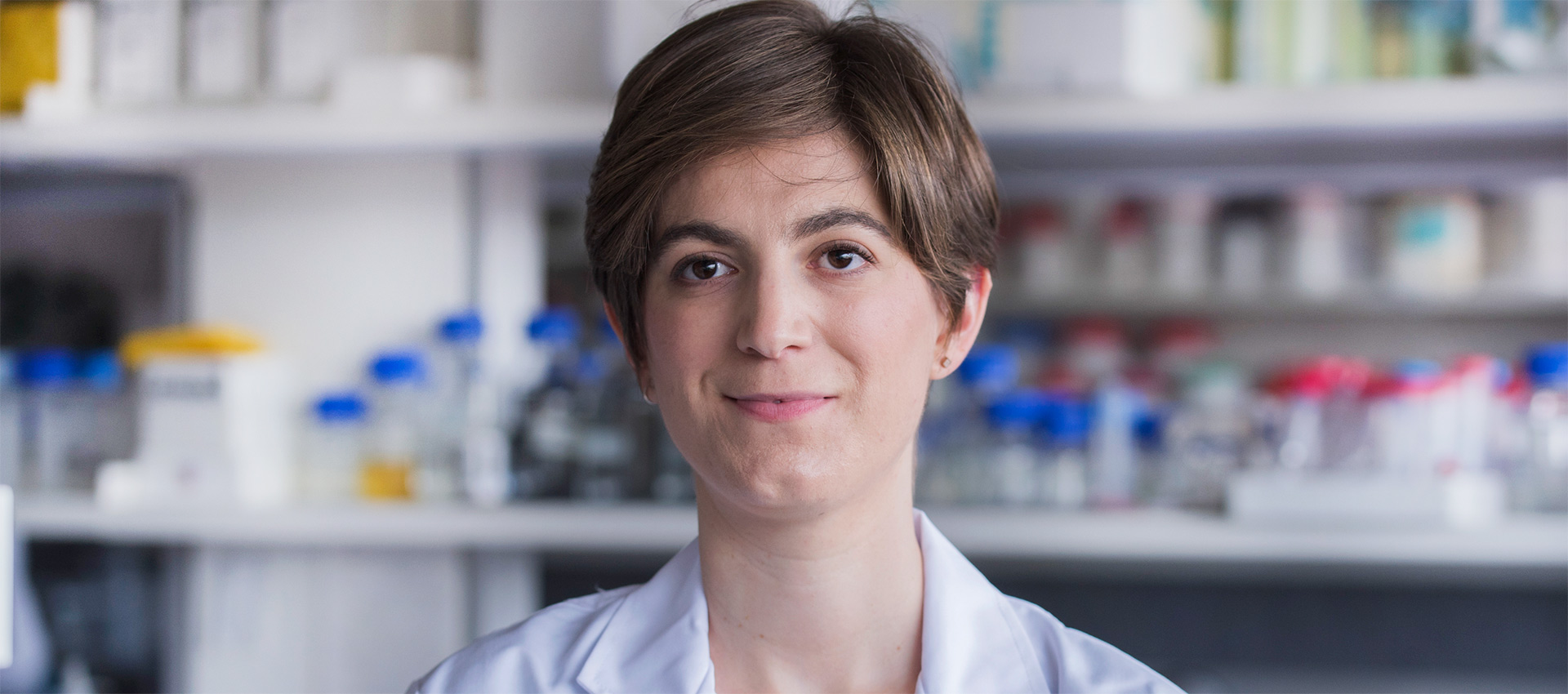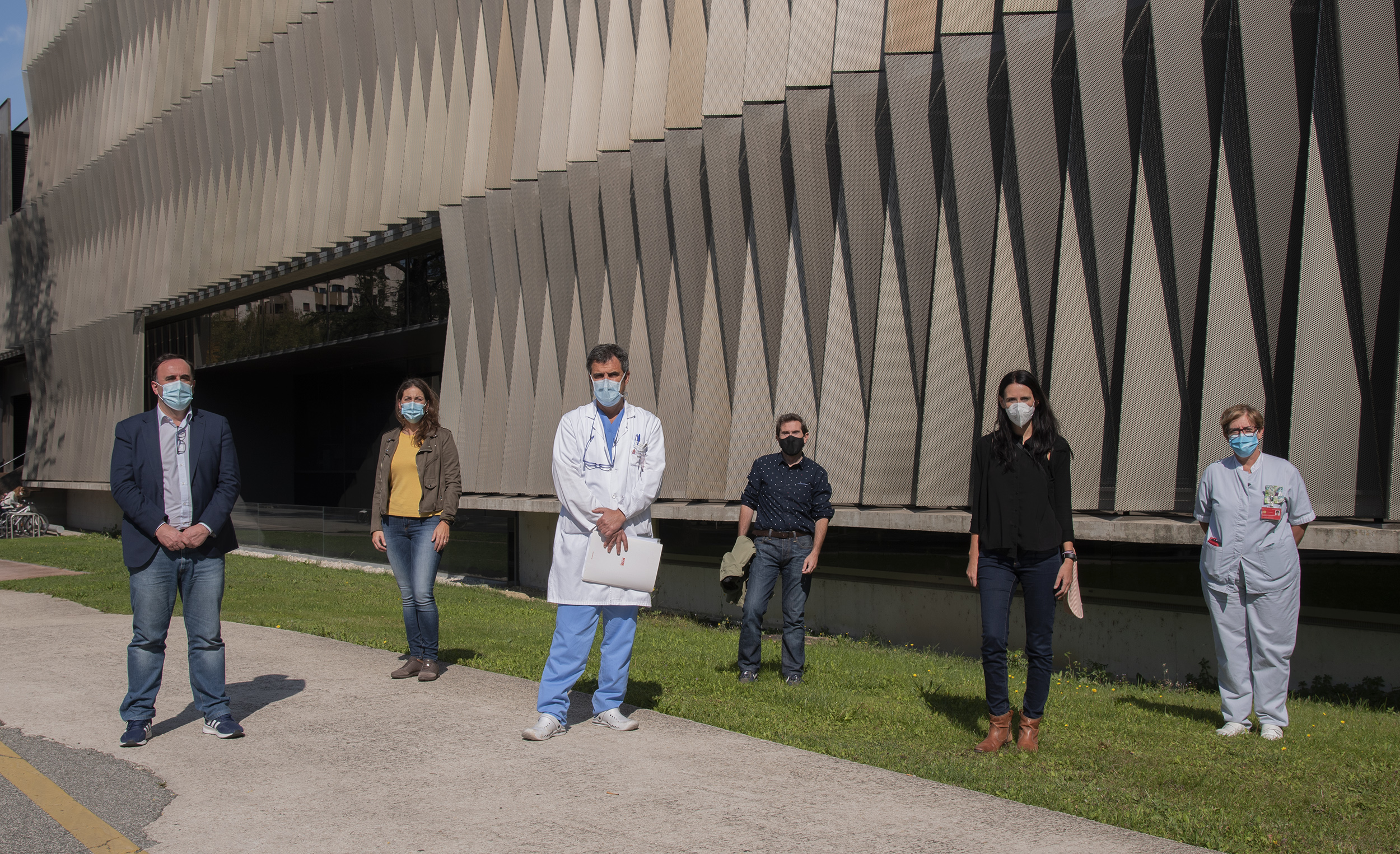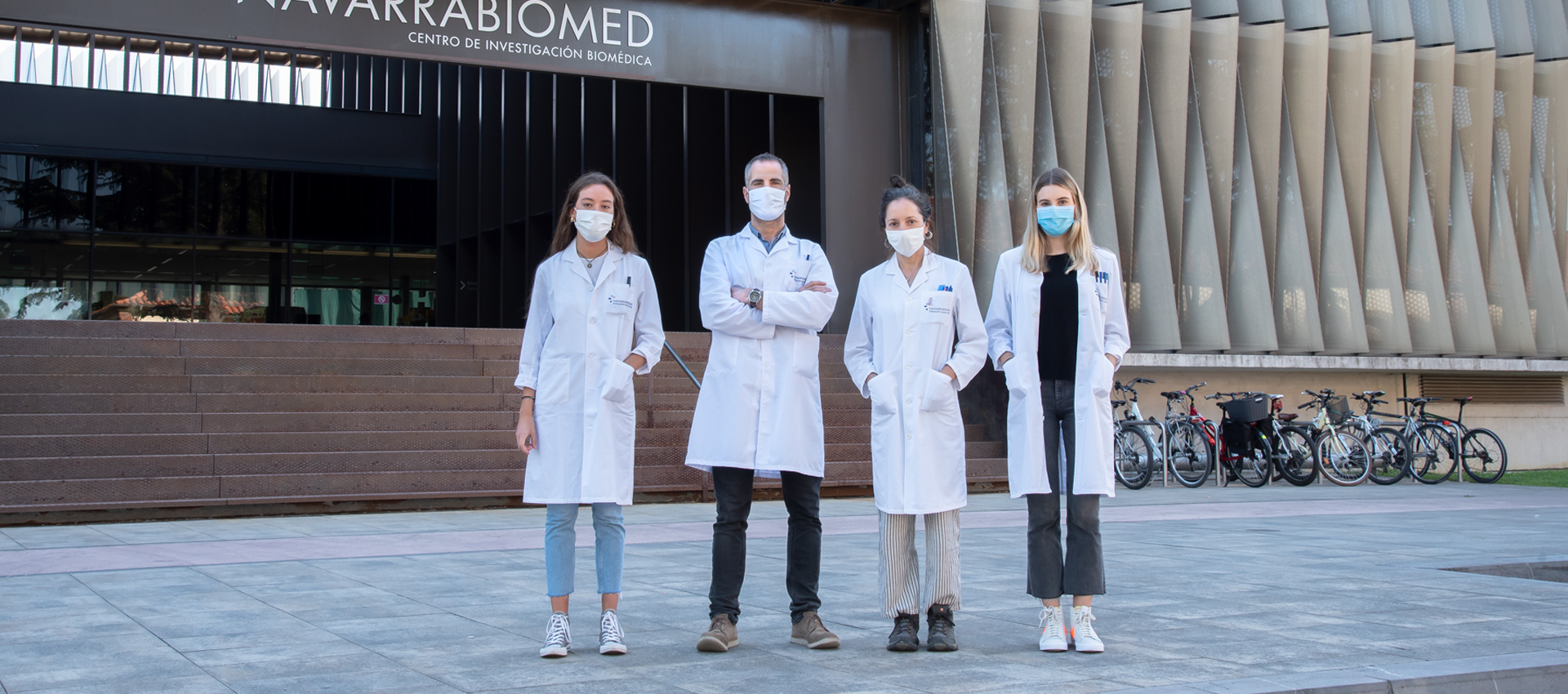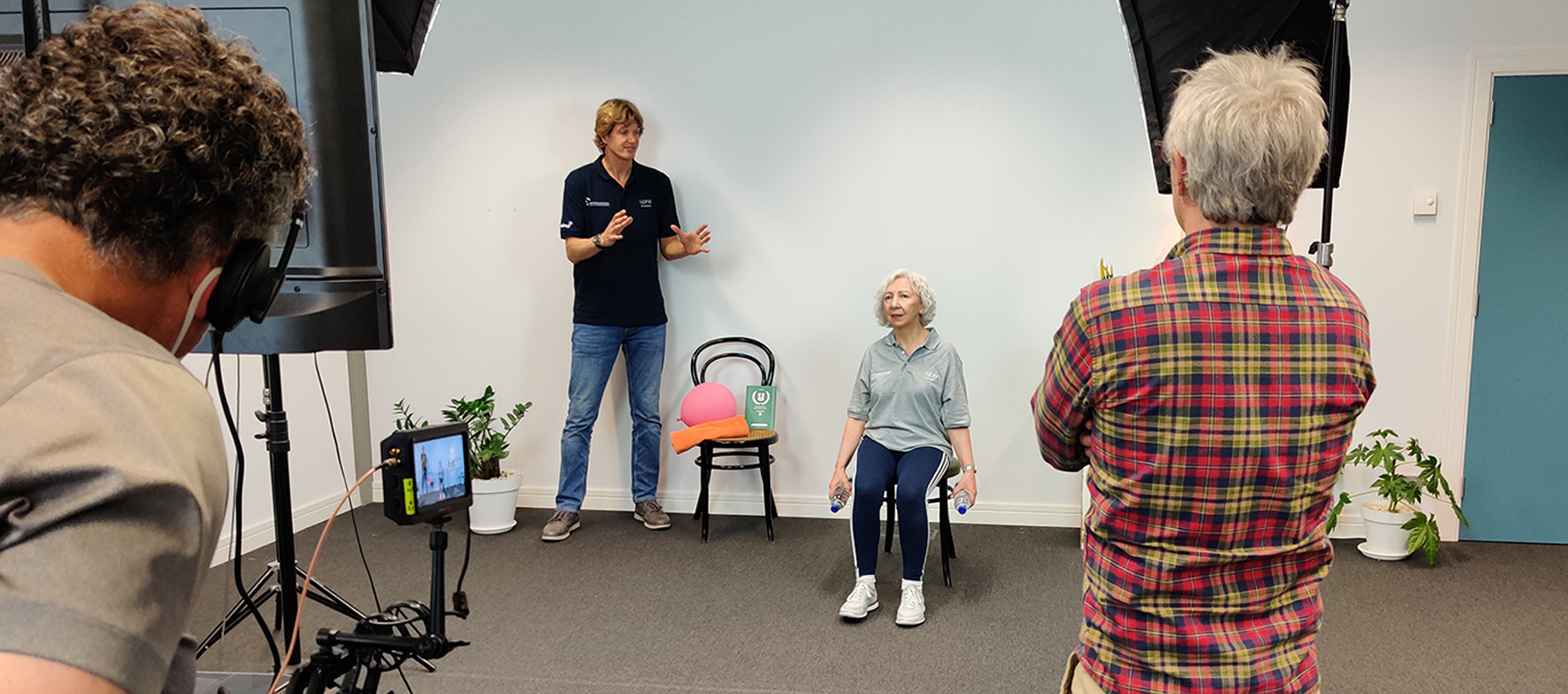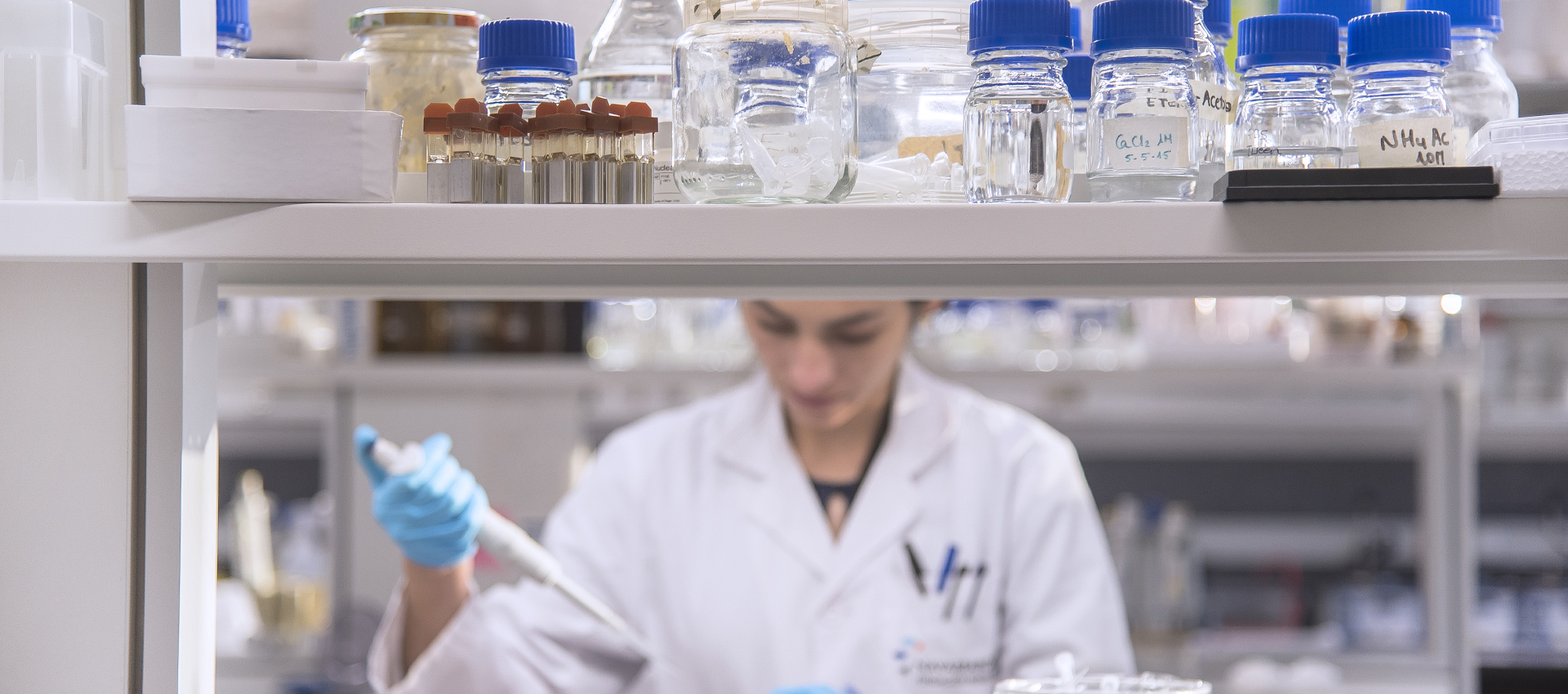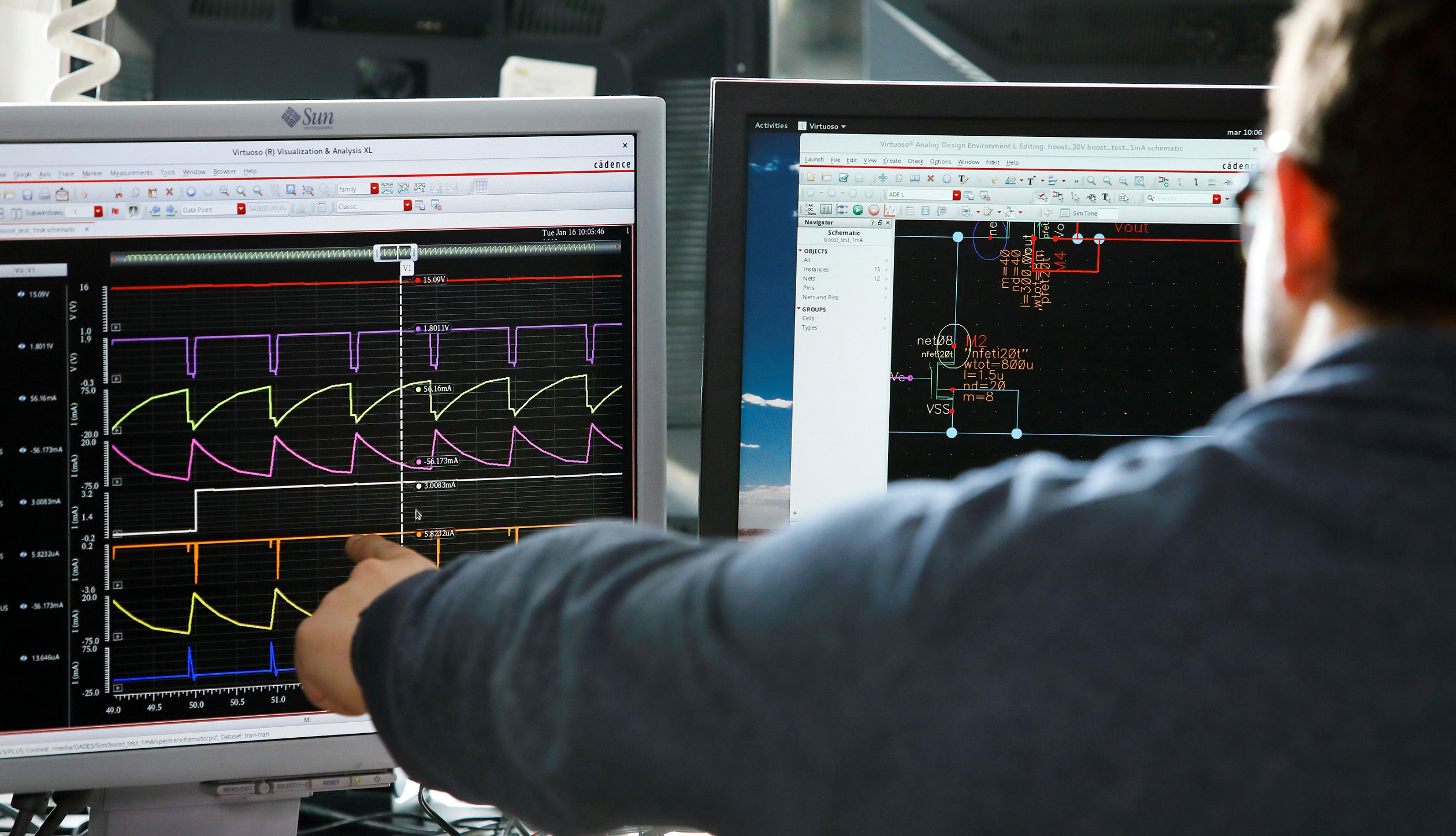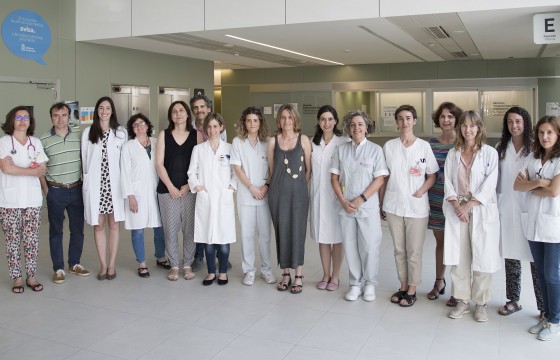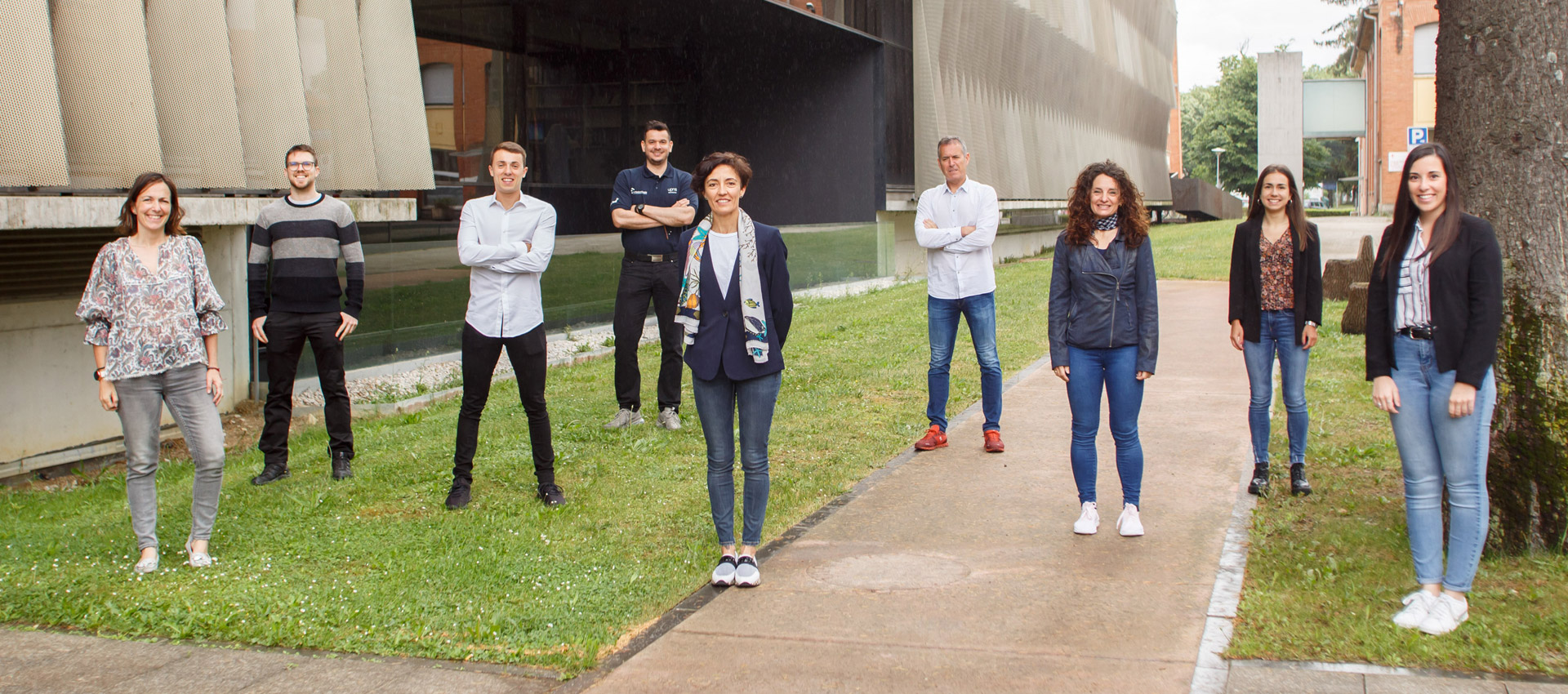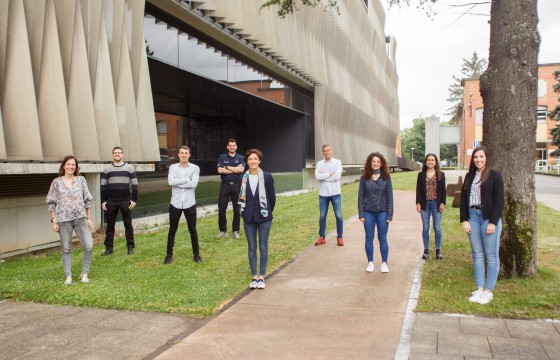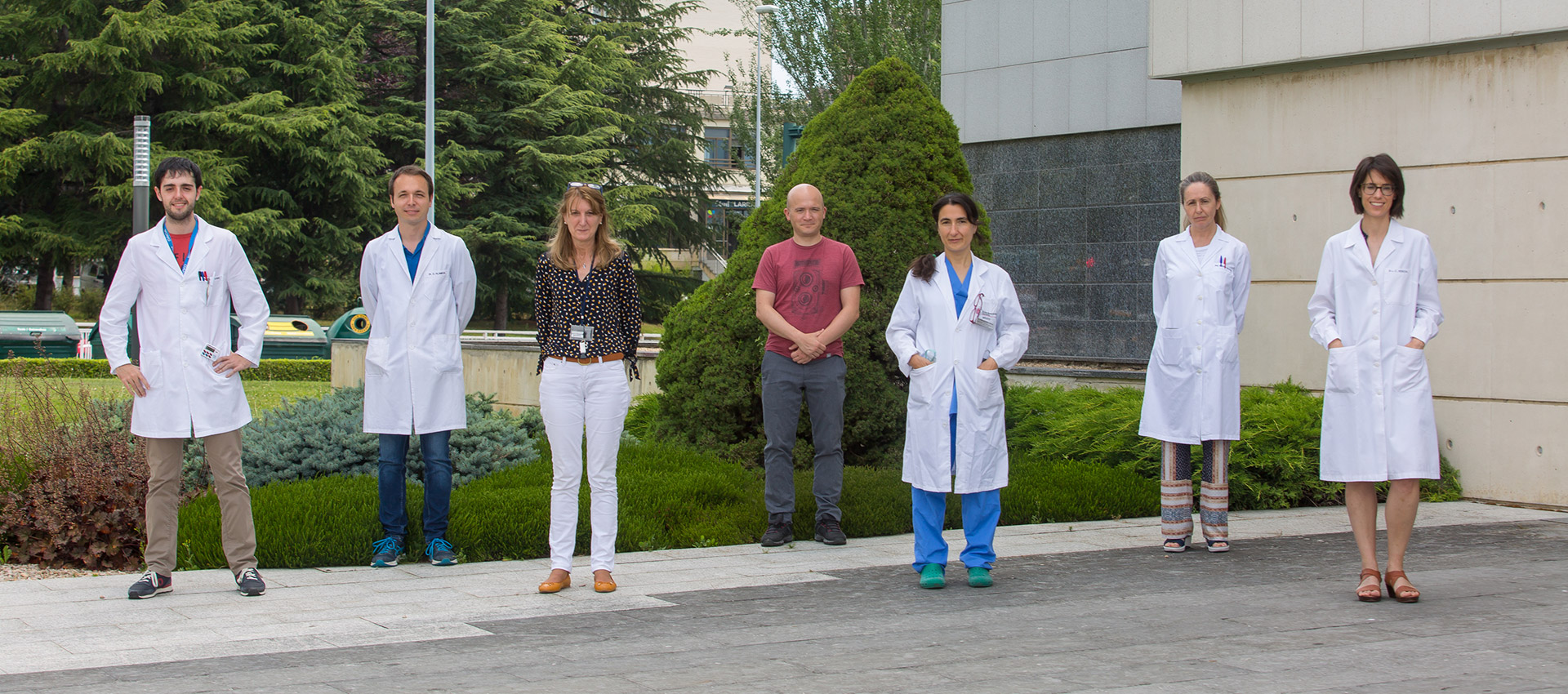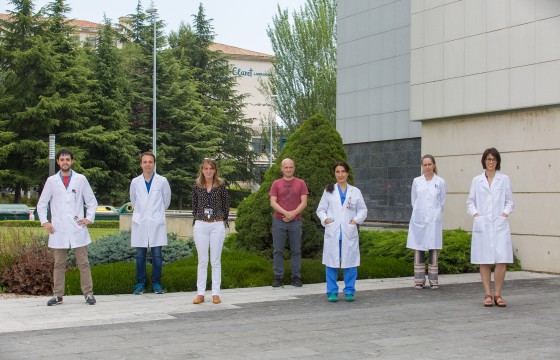- Según los resultados del primer Observatorio de Actividad Física, financiado por Gobierno de Navarra con la participación de la UPNA, Navarrabiomed y el Departamento de Educación
El Observatorio de Actividad Física de niños y niñas de entre 3 y 6 años, puesto en marcha en Navarra en 2019, ha dado a conocer los primeros resultados de su estudio. Según los investigadores, si bien el 95% de los escolares disfruta “muchísimo” con las clases de motricidad realizadas en las escuelas, “uno de los datos relevantes es que tan solo el 45% de los niños y niñas realiza entre dos y tres horas de actividad física los sábados y los domingos, y un 15% cumple las recomendaciones para los menores de 5 años de realizar 180 minutos diarios de actividad física”.
Asimismo, “el 96% de los niños y niñas cumple con las recomendaciones que limitan a un máximo de 2 horas el tiempo de exposición a pantallas digitales y el 82% están poco o nada de tiempo sentados durante su tiempo libre, con lo que minimizan el riesgo de sedentarismo”, señalan los autores del estudio.
El Observatorio de Actividad Física en menores de 3 a 6 años de la Comunidad Foral de Navarra es un proyecto de investigación financiado por el Departamento de Educación del Gobierno de Navarra y en el que participan investigadores del grupo Ejercicio Físico, Salud y Calidad de vida (E-FIT) de la Universidad Pública de Navarra (UPNA) y del Centro de Investigación Biomédica Navarrabiomed. El proyecto esa dirigido por Alicia Alonso (UPNA), Mikel Izquierdo y Robinson Ramírez-Vélez (UPNA-Navarrabiomed) y Antonio García-Hermoso (Navarrabiomed).
Repercusiones del confinamiento
Los datos recogidos durante la fase de confinamiento, debido a la COVID-19, muestran que el 91% de los escolares evaluados realizó cierto nivel de actividad física. “A pesar de que tan solo el 11% la ha realizado durante más de 60 minutos al día, es importante señalar que el 65% de los participantes ha realizado alguna actividad entre 4 y 7 días por semana”. Un 3% de las familias indicaron que, durante el confinamiento, sus hijos no realizaron ningún tipo de actividad física.
Por otro lado, como efecto de la situación vivida, un 8% de los niños y niñas manifestaba miedo a salir a jugar y pasear en la calle al inicio de la fase 1, tras 45 días de confinamiento en las casas. Entre la actividad física realizada durante este tiempo, destacan los juegos y deportes adaptados en los hogares, terrazas y jardines; bailes y coreografías infantiles, como por ejemplo “Zumba Kids”, fundamentalmente motivados por el profesorado de educación física y psicomotricidad, lo que sugiere “la importancia de estos profesionales en el fomento de hábitos saludables y calidad de vida de la población desde edades tempranas”.
300 menores y 500 padres y madres
El objetivo del observatorio es favorecer el incremento en la práctica de actividad física del alumnado escolar, para que reduzca el tiempo de uso de dispositivos con pantallas y descanse lo suficiente para su edad, ya que está demostrado que la adquisición de hábitos saludables en la infancia es crucial para la prevención de enfermedades cardiovasculares en un futuro.
En el curso escolar 2019/2020 han participado más de 300 niños y niñas y más de 500 padres y madres de los colegios Santa María La Real (Maristas), CP San Juan de la Cadena y La Compasión Escolapios. Para el próximo curso, colegios como el CP El Lago de Mendillorri se incorporarán en la fase 2 del Observatorio.
El proyecto se ha completado con una formación específica y docente en el CIP F.P. Lumbier, donde 80 alumnos/as de los ciclos formativos de grado superior de la Familia de Actividades Físico - Deportivas se han formado como evaluadores.
Las familias pueden consultar resultados de salud en la plataforma digital puesta en funcionamiento en el mes de julio y que ofrece información sobre la condición física y los hábitos saludables de los escolares. La plataforma identifica para cada franja de edad los valores recomendados de composición corporal (peso y estatura), resistencia cardiovascular, fuerza muscular de los brazos y piernas, así como de velocidad y agilidad, “aspectos fundamentales de la condición física saludable y necesarios para disminuir los riesgos cardiovasculares en el futuro”, apuntan los investigadores.
Tal y como explican, “la primera infancia es un período crítico para el desarrollo físico, social y cognitivo y para establecer patrones de comportamiento saludables, que pueden persistir en la infancia y en la edad adulta”. En este sentido, cabe destacar que, recientemente, la Organización Mundial de la Salud (OMS) ha publicado las recomendaciones de actividad física, conducta sedentaria (tiempo de pantalla) y sueño en población preescolar menor a 5 años. Concretamente, en niños y niñas de 3 a 5 años, se recomienda realizar al menos 180 minutos de actividad física, de los cuales 60 minutos deben ser de intensidad moderada a vigorosa.
